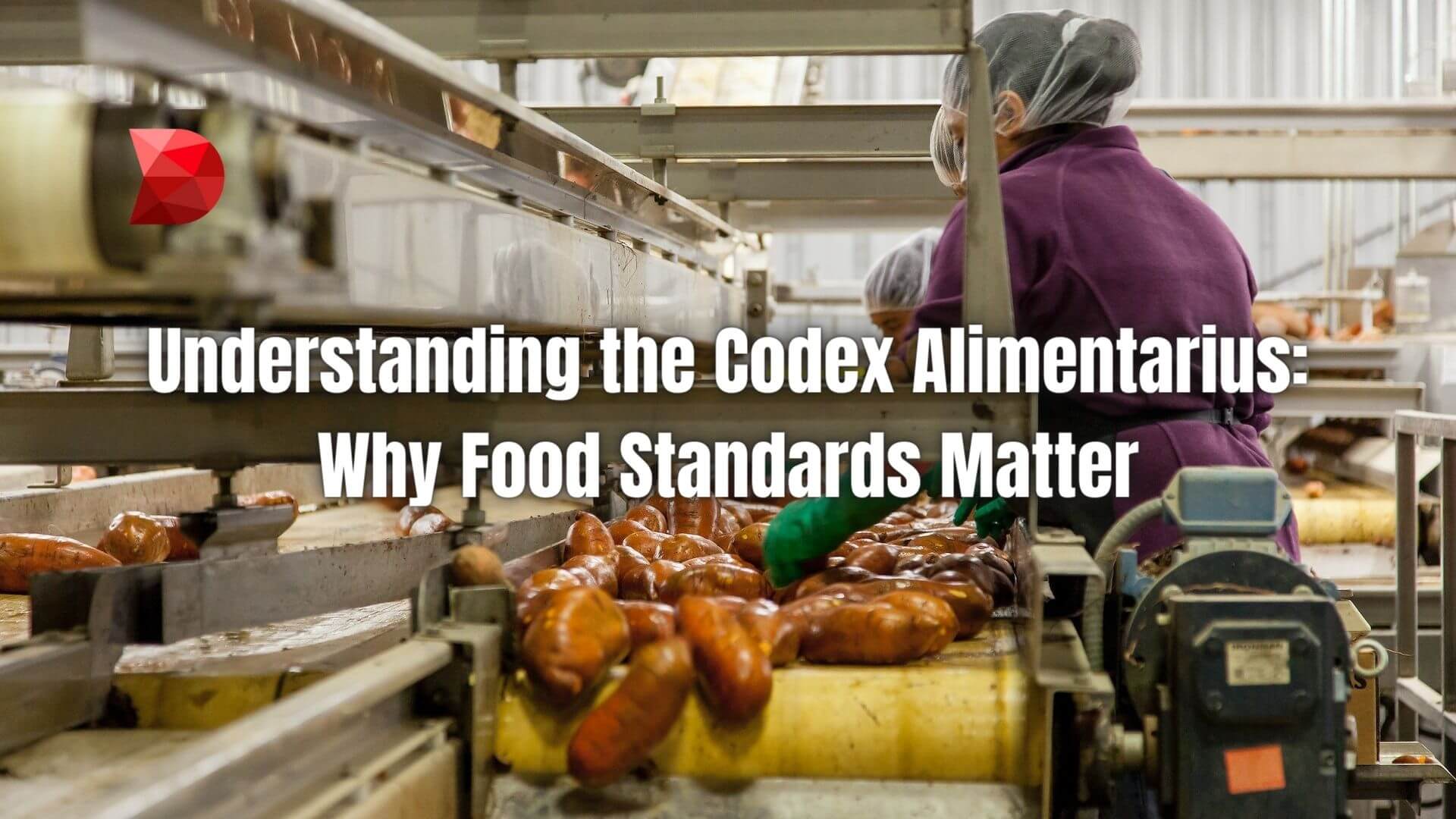Haccp standards are comprehensive guidelines for food safety and management, ensuring that food is safe for consumption by identifying and controlling potential hazards throughout the production process. Haccp standards are crucial in preventing foodborne illnesses and maintaining quality control in the food industry.
Adhering to haccp principles involves conducting risk assessments, establishing critical control points, implementing effective monitoring systems, and maintaining thorough documentation. These standards promote proactive measures rather than reactive responses to food safety issues, allowing businesses to identify and address potential risks before they become a threat.
By implementing haccp standards, companies can demonstrate their commitment to producing safe and hygienic food products while also complying with regulatory requirements and instilling consumer confidence.

Credit: sundayapp.com
The Importance Of Haccp Standards In Food Safety
Haccp standards are vital for ensuring food safety and protecting consumers from foodborne illnesses. These standards play a crucial role in reducing the risk of contamination and ensuring traceability and accountability within the food industry. By adhering to haccp guidelines, food establishments can identify potential hazards and implement control measures to prevent risks.
This systematic approach allows for proper monitoring, documentation, and corrective actions to be taken. When it comes to consumer protection, haccp standards are invaluable. They provide reassurance that the food they consume has been produced and handled in a safe and hygienic manner.
Moreover, these standards enhance traceability, making it easier to identify and address any issues that may arise. In conclusion, haccp standards are crucial for maintaining food safety and protecting consumers from harm.
The Seven Principles Of Haccp Standards
Haccp standards are a set of guidelines that ensure food safety in the food industry. These standards follow seven principles. The first principle is conducting a hazard analysis to identify potential risks. Next, determining critical control points helps pinpoint where to focus control measures.
Establishing critical limits sets the measures to ensure safety. Monitoring procedures and documentation help track and record these safety measures. Implementing corrective actions addresses any deviations from the set standards. Verifying and validating the system confirms its effectiveness. Lastly, keeping records and documentation allows for accountability and traceability.
Adhering to these guidelines ensures the highest standards of food safety.
Implementing And Maintaining Haccp Standards
Implementing and maintaining haccp standards requires careful attention to various guidelines and practices. First and foremost, establishing a haccp plan is essential for identifying and controlling potential hazards. Training and educating employees on haccp principles is crucial to ensure proper implementation and adherence.
Regular audits and inspections play a significant role in monitoring and evaluating the effectiveness of the haccp system. These measures help to identify any weaknesses or areas for improvement, allowing for necessary adjustments to be made. By following these steps, businesses can confidently meet haccp standards, ensuring consumer safety and the highest quality products.
Frequently Asked Questions
What Are Haccp Standards?
Haccp (hazard analysis critical control points) standards are a systematic approach to identifying, evaluating, and controlling food safety hazards. They are internationally recognized guidelines that help food businesses ensure they are producing safe products for consumers.
Why Are Haccp Standards Important?
Haccp standards are important because they help prevent foodborne illnesses and protect public health. By following these standards, food businesses can identify potential hazards, implement control measures, and monitor their effectiveness. This proactive approach ensures the safety and quality of the food products being produced.
How Do Haccp Standards Work?
Haccp standards work by identifying and analyzing potential hazards at each stage of the food production process. Critical control points are established, where control measures are applied to eliminate or reduce these hazards. Regular monitoring and documentation ensure that the control measures are effective and the food remains safe for consumption.
What Industries Require Haccp Standards?
Haccp standards are applicable to a wide range of industries involved in food production, including the dairy, meat, seafood, bakery, beverage, and processing industries. Whether it’s a large-scale manufacturing facility or a small restaurant, any establishment that handles food should implement haccp standards to ensure food safety.
Who Enforces Haccp Standards?
Haccp standards are enforced by regulatory authorities responsible for food safety, such as the food and drug administration (fda) in the united states. These authorities carry out inspections and audits to ensure that food businesses are complying with the necessary safety protocols and haccp principles.
How Can Businesses Implement Haccp Standards?
To implement haccp standards, businesses need to follow a systematic approach that includes the following steps: conducting a hazard analysis, determining critical control points, establishing control measures, monitoring procedures, corrective actions, verification activities, and maintaining records. Training employees, robust documentation, and regular audits are also crucial parts of the implementation process.
Conclusion
To summarize, haccp standards play a crucial role in ensuring food safety and preventing potential health hazards. These standards are designed to identify and control critical points during the food production process, allowing for maximum safety and quality assurance. By implementing haccp, businesses can not only comply with regulatory requirements but also gain consumer trust and confidence.
The risk-based approach employed by haccp helps to identify potential hazards and implement effective control measures, reducing the likelihood of foodborne illnesses. Moreover, the continuous monitoring and documentation required by haccp facilitate the traceability of products, making it easier to identify the source of contamination in case of an outbreak.
By adhering to haccp standards, the food industry can maintain high levels of food safety and protect consumers. So, if you are a food business, it is crucial to embrace haccp guidelines to ensure the quality and safety of your products.

Leave a Reply